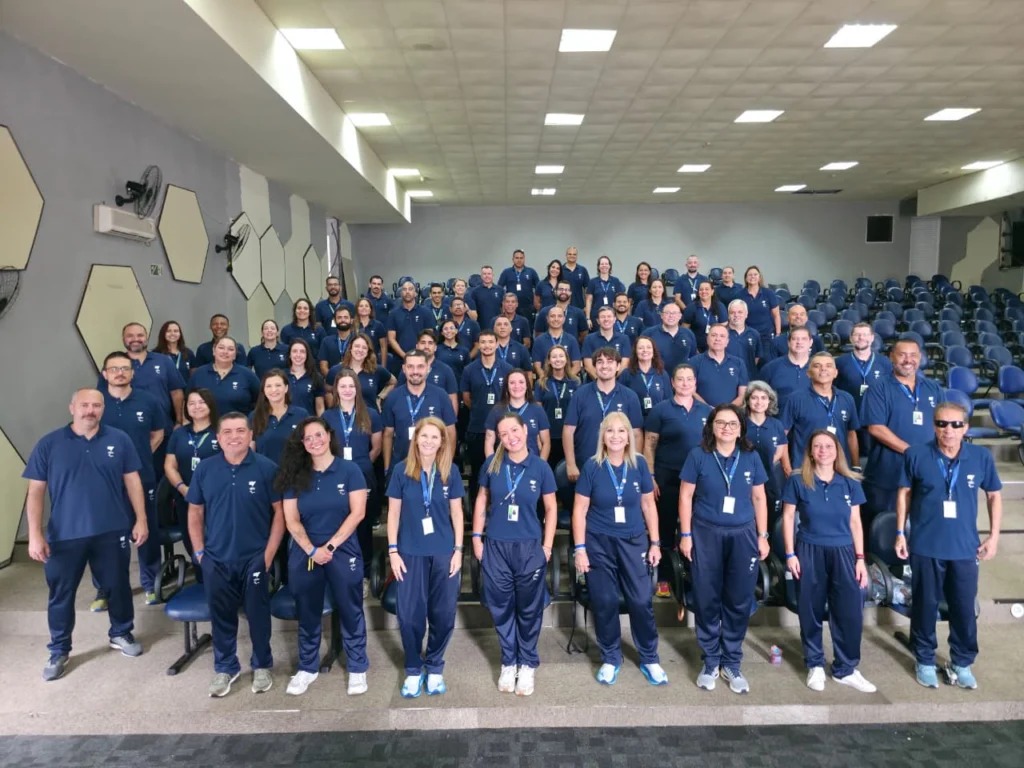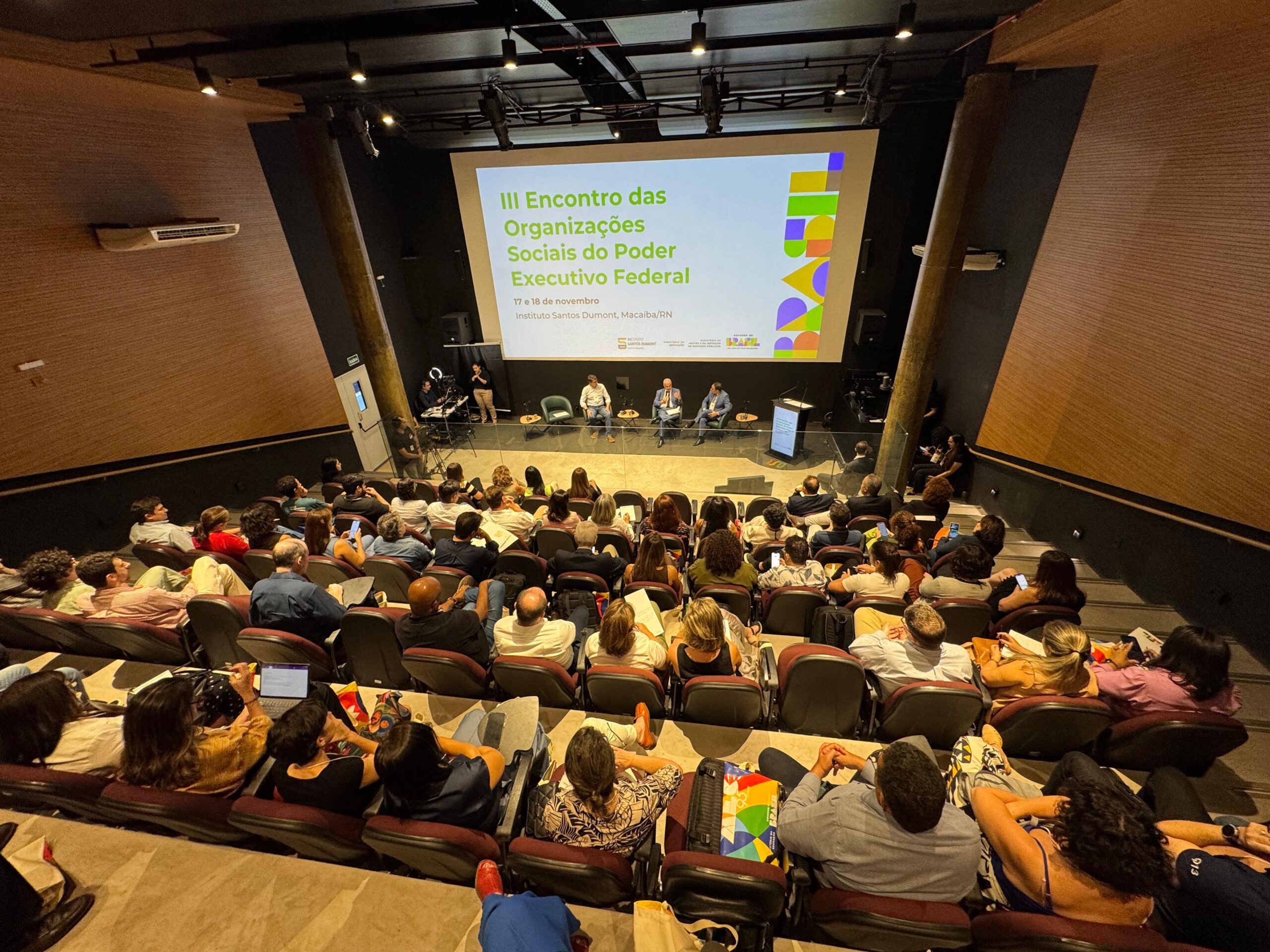The Santos Dumont Institute (ISD) was idealized by the neuroscientist Miguel Nicolelis and constituted and qualified as a Social Organization in 2014. Its units, however, have been operating since 2006 in the Brazilian Northeast, due to the Institute's partnership with Alberto Santos Dumont Association for Research Support (AASDAP), manager of these spaces in its initial years of activity.
The first ISD unit to start operating was the Edmond and Lily Safra International Institute of Neuroscience (IIN-ELS), which at the time was called the International Institute of Neurosciences of Natal. In 2007, the International Institute of Neurosciences was named “Edmond and Lily Safra” due to a donation from Mrs. Lily Safra, due to her interest in the field of neurosciences. The amount donated to the project cannot be disclosed due to contractual issues. Since 2014, the Edmond and Lily Safra International Institute of Neurosciences has been maintained through a management contract with the Ministry of Education (MEC).
The IIN-ELS presents itself as an advanced research center in neurosciences in Brazil, with a body of permanent and associated researchers, who work in the central lines of research developed by the IIN-ELS. At that time, electrophysiological studies with arrays of microelectrodes implanted in the nervous system were rare in Brazil, even more so when combined with histological and immunohistochemical approaches, behavioral and quantitative analysis methods.
In February 2007 the Science Education Center (CEC) Alfredo J. Monteverde School, in Natal (RN). In the same year, the CEC Escola Alfredo J. Monteverde de Macaíba (RN) was opened. In 2010, the CEC de Serrinha (BA) opened its doors. The units were founded by AASDAP and managed from 2014 to 2018 by ISD, when they were discontinued.
In operation in Rio Grande do Norte since 2008, the Anita Garibaldi Health Education and Research Center (Anita), also located in Macaíba, is part of the Unified Health System (SUS), through which it offers practical scenarios for academic activities and curricular internships for courses in the health area and related areas.

In 2013, IIN-ELS began offering the first Graduate Program in Neuroengineering in Brazil, in the area of Biomedical Engineering, authorized by the Coordination for the Improvement of Higher Education Personnel (CAPES). This is an area of knowledge that integrates engineering and neuroscience techniques for the study and understanding of the functioning of the nervous system, as well as for the development of interfaces between the human brain and artificial devices.
In 2014, IIN-ELS left the Candelária neighborhood in Natal and began operating in Macaíba.
On October 17, 2016, ISD expanded its area of operation, expanding the scope of Anita's services through Ordinance No. 1,430 of the Ministry of Health, which qualified it as Specialized Center for Auditory, Physical and Intellectual Rehabilitation (CER III).
On August 6, 2021, Ordinance No. 1,842 made official the change of category of the Specialized Rehabilitation Center of the Santos Dumont Institute (CER ISD) from III to IV to serve people with visual impairments.
O first CER IV of Grande Natal, and the second in Rio Grande do Norte, serves patients from the 7th Health Region, which includes the municipalities of Macaíba, Natal, Parnamirim, Extremoz and São Gonçalo do Amarante. This region concentrates 1,371,945 inhabitants, which corresponds to almost 39% of the Potiguar population.
In 2018, Anita celebrated its 10th anniversary with a series of actions involving former employees, partners in education and the community, as well as supporters of public authorities and suppliers.

In 2019, the IIN-ELS celebrated one year in its new headquarters with the planting of the Baobab of Science, in addition to the panel painted exclusively and offered as a gift by the artist Anna Benigna.


Understand what Santos Dumont Institute (ISD) is by watching the institutional video. The Institute's actions are divided into three lines of action: science education, health education, and research in neuroscience and neuroengineering, changing the reality of the Brazilian Northeast.










